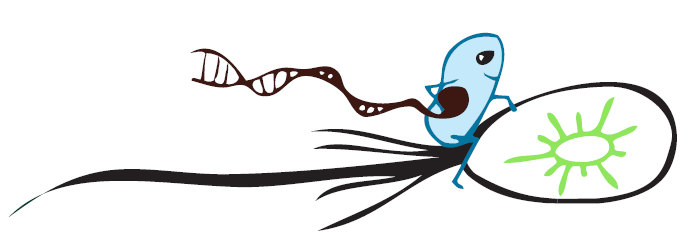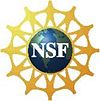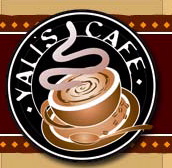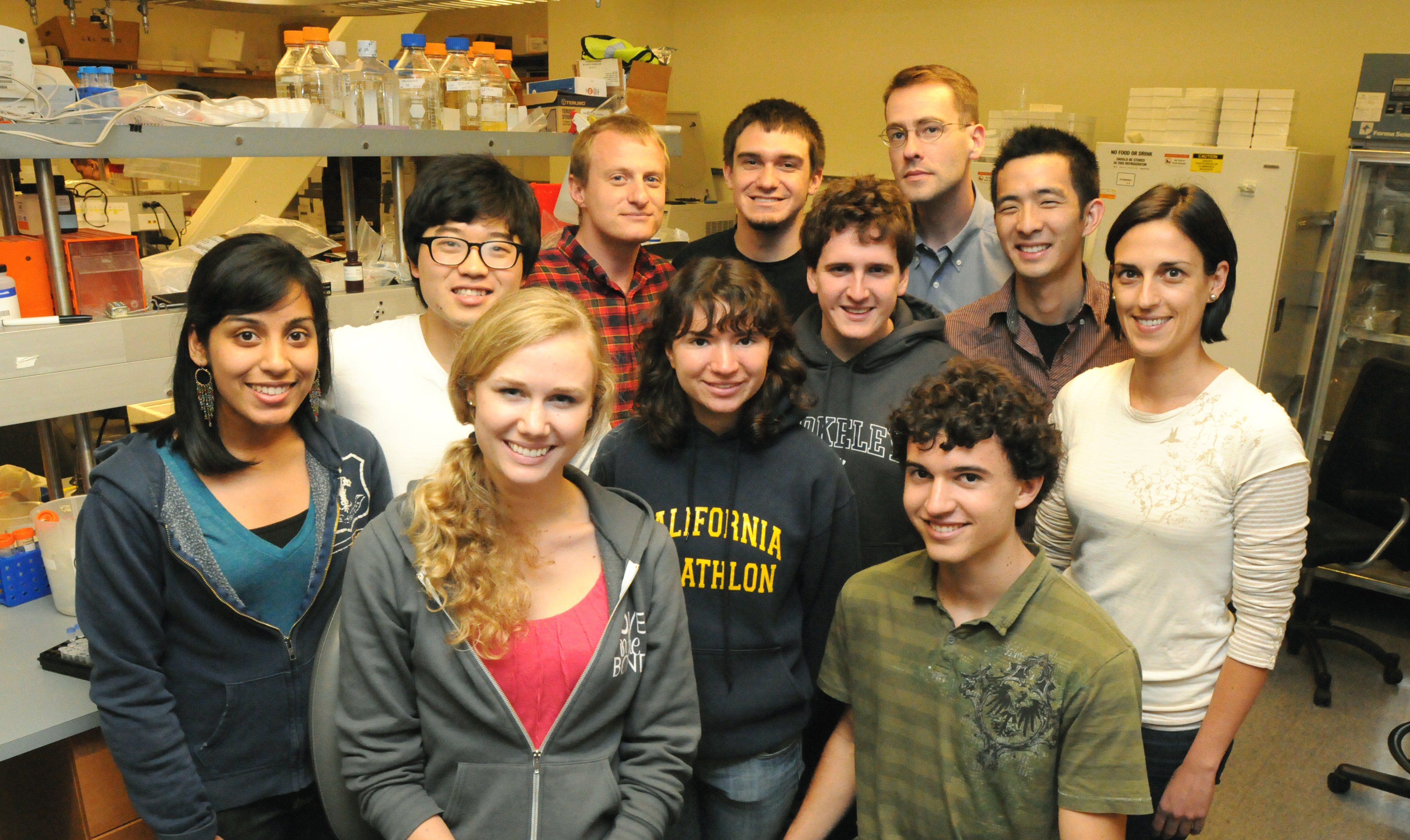Team:Berkeley
From 2010.igem.org
| Line 2: | Line 2: | ||
<center><big><font size="4" face="Comic Sans"> | <center><big><font size="4" face="Comic Sans"> | ||
[https://2010.igem.org/Team:Berkeley/Project_Overview Project Overview] | [https://2010.igem.org/Team:Berkeley/Project_Overview Project Overview] | ||
| - | [https://2010.igem.org/Team:Berkeley/Choanoflagellates Choanoflagellates] | + | [https://2010.igem.org/Team:Berkeley/Choanoflagellates Choanoflagellates] |
| - | [https://2010.igem.org/Team:Berkeley/Parts Parts] | + | [https://2010.igem.org/Team:Berkeley/Parts Parts] |
| - | [https://2010.igem.org/Team:Berkeley/Clotho Clotho] | + | [https://2010.igem.org/Team:Berkeley/Clotho Clotho] |
| - | [https://2010.igem.org/Team:Berkeley/Human_Practices Human Practices] | + | [https://2010.igem.org/Team:Berkeley/Human_Practices Human Practices] |
[https://2010.igem.org/Team:Berkeley/Notebooks Notebooks] | [https://2010.igem.org/Team:Berkeley/Notebooks Notebooks] | ||
</font></big></center><br> | </font></big></center><br> | ||
Revision as of 01:26, 8 October 2010
Project Overview Choanoflagellates Parts Clotho Human Practices Notebooks

Abstract
The ability to manipulate the DNA of an organism is vital to many modern fields of biology. While we have perfected this in common research species such as E. coli, yeast and mouse cells, it is still impossible to transform many other species researchers study. Our project is an attempt to develop transgenics ) techniques for a family of single celled organisms called choanoflagellates. These species are interesting to researchers because they are the closest living relative to our microbial ancestor that became the first multicellular animal. Nicole King, here at UC Berkeley, and other researchers across the globe who study these little creatures are hindered by the inability to genetically manipulate them.
The Berkeley iGEM 2010 team is applying synthetic biology to this problem. We are engineering bacteria that can deliver DNA into the choano. Choanos are predatory, which makes our job a bit simpler. Once our bacteria is engulfed by the choano, it is programmed to burst using a self-lysis device. Proteins we have placed inside the bacteria will then go into action. First, we have designed a vacuole-buster device that will burst the small food membrane holding the bacteria inside the choano, spewing the contents into the cytoplasm of the cell. In the cytoplasm, a transposon/transposase device tagged with a nuclear localization device will move to the nucleus. In the nucleus, the transposase will splice the transposon into the choanoflagellate DNA.
Acknowledgements
We thank our wonderful advisors: Chris Anderson, Terry Johnson, and Tim Hsiau for their guidance and support. We also thank our generous sponsors:
![]()




 "
"
